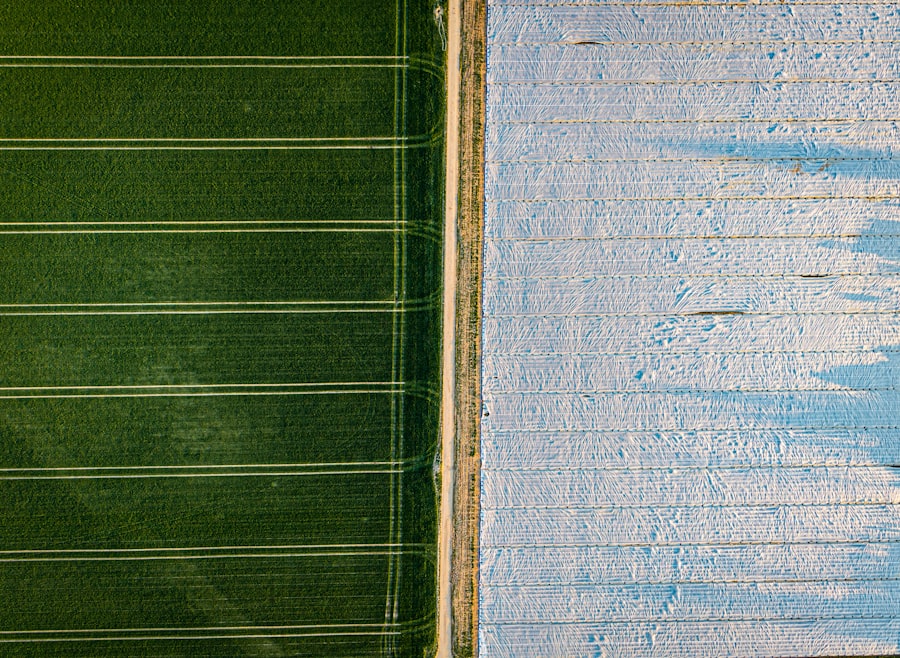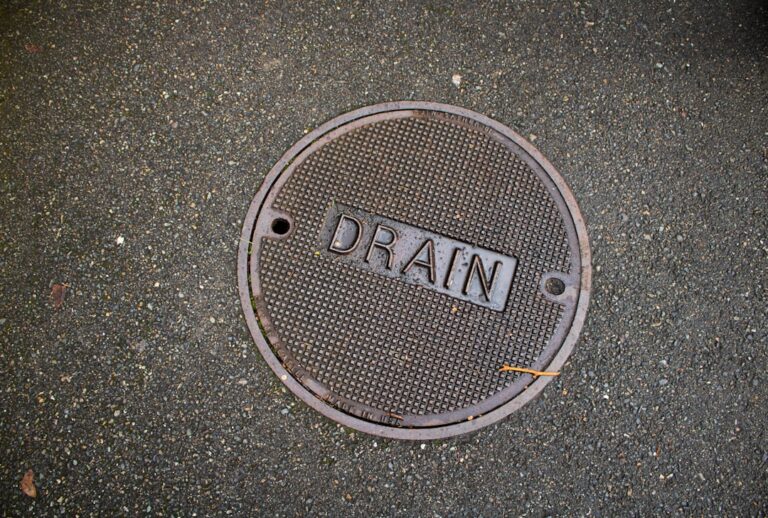Agriculture is a cornerstone of human civilization, serving as the primary means of food production and resource management. The processes involved in agriculture are multifaceted, encompassing a range of activities from soil preparation and planting to harvesting and post-harvest management. These processes are not only vital for sustaining human life but also play a crucial role in the economy, culture, and environment.
As the global population continues to rise, the demand for food increases, necessitating advancements in agricultural practices to ensure food security and sustainability. The agricultural process begins with soil management, which is essential for healthy crop growth. Soil quality affects nutrient availability, water retention, and microbial activity, all of which are critical for plant health.
Following soil preparation, the selection of appropriate crops based on climate, soil type, and market demand is crucial. This selection process is often informed by traditional knowledge as well as scientific research, leading to a diverse array of agricultural systems worldwide.
Key Takeaways
- Agricultural processes involve various activities such as planting, cultivating, and harvesting crops, as well as raising livestock for food and other products.
- Traditional irrigation methods, such as furrow and flood irrigation, have been used for centuries and rely on gravity to distribute water to crops.
- Modern irrigation techniques, including drip and sprinkler systems, use technology to deliver water more efficiently and precisely to crops, reducing water waste.
- Sustainable agricultural practices, such as crop rotation and organic farming, aim to minimize environmental impact and maintain long-term soil fertility.
- Efficient irrigation is crucial for maximizing crop yield, conserving water resources, and ensuring food security for a growing global population.
- Future innovations in agricultural processes and irrigation methods may include the use of drones for crop monitoring and the development of smart irrigation systems that adjust water delivery based on real-time weather and soil data.
Traditional Irrigation Methods
Traditional irrigation methods have been employed for centuries, reflecting the ingenuity of ancient civilizations in managing water resources for agricultural purposes. One of the most common traditional techniques is surface irrigation, where water is distributed over the soil surface by gravity. This method can be seen in practices such as furrow irrigation, where small channels are created between rows of crops to guide water directly to the plants.
While effective in many regions, surface irrigation can lead to water wastage and soil erosion if not managed properly. Another traditional method is flood irrigation, which involves inundating fields with water. This technique is particularly prevalent in rice cultivation, where fields are flooded to create the necessary conditions for growth.
While flood irrigation can be efficient in certain contexts, it often results in significant water loss through evaporation and can lead to salinization of the soil if not carefully monitored. Additionally, traditional irrigation methods often rely on seasonal rainfall patterns, making them vulnerable to climate variability and changes in precipitation.
Modern Irrigation Techniques

In contrast to traditional methods, modern irrigation techniques have emerged as a response to the challenges posed by increasing water scarcity and the need for more efficient agricultural practices. Drip irrigation is one of the most innovative advancements in this field, delivering water directly to the root zone of plants through a network of tubes and emitters. This method minimizes evaporation and runoff, allowing for precise control over water application.
Studies have shown that drip irrigation can increase crop yields by up to 50% while using significantly less water compared to traditional methods. Another modern technique gaining popularity is sprinkler irrigation, which mimics natural rainfall by distributing water through a system of pipes and nozzles. This method is particularly useful for large-scale farming operations and can be adapted to various terrains.
Sprinkler systems can be automated to optimize water usage based on real-time weather data and soil moisture levels, further enhancing efficiency. The integration of technology into irrigation practices has revolutionized how farmers manage their water resources, leading to more sustainable agricultural outcomes.
Sustainable Agricultural Practices
Sustainable agricultural practices are increasingly recognized as essential for maintaining ecological balance while meeting the food demands of a growing population. These practices encompass a holistic approach that integrates environmental health, economic profitability, and social equity. Crop diversification is one such practice that enhances resilience against pests and diseases while improving soil health.
By rotating different crops or intercropping, farmers can reduce reliance on chemical inputs and promote biodiversity. Conservation tillage is another sustainable practice that minimizes soil disturbance and preserves soil structure. By reducing tillage frequency, farmers can enhance soil organic matter content and improve water retention capabilities.
This practice not only benefits crop production but also contributes to carbon sequestration efforts aimed at mitigating climate change. Additionally, agroforestry—integrating trees into agricultural landscapes—provides multiple benefits such as improved biodiversity, enhanced soil fertility, and increased resilience against extreme weather events.
Importance of Efficient Irrigation
Efficient irrigation is paramount in addressing the challenges posed by water scarcity and climate change. As agriculture accounts for approximately 70% of global freshwater withdrawals, optimizing irrigation practices is essential for sustainable water management. Efficient irrigation systems reduce water waste, ensuring that every drop counts in the quest for food production.
This efficiency not only conserves precious water resources but also lowers energy costs associated with pumping and distributing water. Moreover, efficient irrigation contributes to improved crop yields and quality. By providing plants with the right amount of water at the right time, farmers can enhance growth rates and reduce stress on crops during critical development stages.
This leads to higher productivity and better economic returns for farmers. In regions where water resources are limited, implementing efficient irrigation techniques can mean the difference between successful harvests and crop failure.
Future Innovations in Agricultural Processes and Irrigation Methods

The future of agricultural processes and irrigation methods is poised for significant transformation driven by technological advancements and innovative practices. Precision agriculture is at the forefront of this evolution, utilizing data analytics, satellite imagery, and sensor technology to optimize farming operations. By collecting real-time data on soil moisture levels, nutrient content, and weather patterns, farmers can make informed decisions about irrigation scheduling and resource allocation.
Additionally, advancements in biotechnology are paving the way for drought-resistant crop varieties that require less water while maintaining high yields. These genetically modified organisms (GMOs) are designed to thrive in arid conditions, offering a viable solution to food production challenges in regions facing severe water shortages. Furthermore, the integration of artificial intelligence (AI) into agricultural processes holds promise for automating irrigation systems based on predictive analytics, allowing for even greater efficiency.
As we look ahead, the convergence of technology and sustainable practices will shape the future of agriculture. Innovations such as vertical farming and hydroponics are gaining traction as urban agriculture solutions that minimize land use while maximizing productivity. These methods often incorporate advanced irrigation systems that recycle water and nutrients, further enhancing sustainability.
The ongoing research into alternative water sources—such as desalination and wastewater recycling—also presents exciting possibilities for expanding agricultural water supplies in an increasingly resource-constrained world. In summary, the evolution of agricultural processes and irrigation methods reflects humanity’s ongoing quest for food security amid changing environmental conditions. From traditional techniques rooted in history to modern innovations driven by technology, each approach offers unique advantages and challenges.
As we navigate these complexities, embracing sustainable practices will be crucial in ensuring that agriculture remains viable for future generations while safeguarding our planet’s precious resources.
In the realm of agricultural processes and irrigation methods, the integration of technology plays a pivotal role in enhancing efficiency and sustainability. A related article that delves into the broader spectrum of technological advancements and their applications across various fields is This guide provides valuable insights into how technology can be leveraged to optimize resources, which is particularly relevant for modern agricultural practices aiming to improve water management and crop yield. Agricultural processes refer to the various activities involved in the production of crops and livestock, including planting, cultivating, harvesting, and managing the land and resources. Irrigation methods are techniques used to artificially provide water to crops in order to assist with their growth. This can include methods such as surface irrigation, drip irrigation, and sprinkler irrigation. Agricultural processes are important for producing food, fiber, and other resources essential for human survival and economic development. They also play a crucial role in maintaining environmental sustainability and biodiversity. Some common types of irrigation methods include surface irrigation, which involves flooding or furrows; drip irrigation, which delivers water directly to the roots of plants; and sprinkler irrigation, which mimics natural rainfall. Agricultural processes can impact the environment through factors such as water usage, soil erosion, and the use of pesticides and fertilizers. Sustainable agricultural practices aim to minimize these negative impacts.FAQs
What are agricultural processes?
What are irrigation methods?
Why are agricultural processes important?
What are the different types of irrigation methods?
How do agricultural processes impact the environment?






















+ There are no comments
Add yours